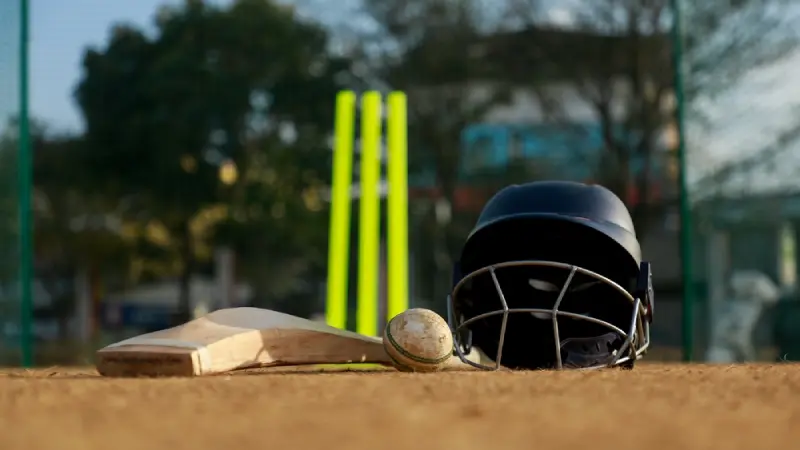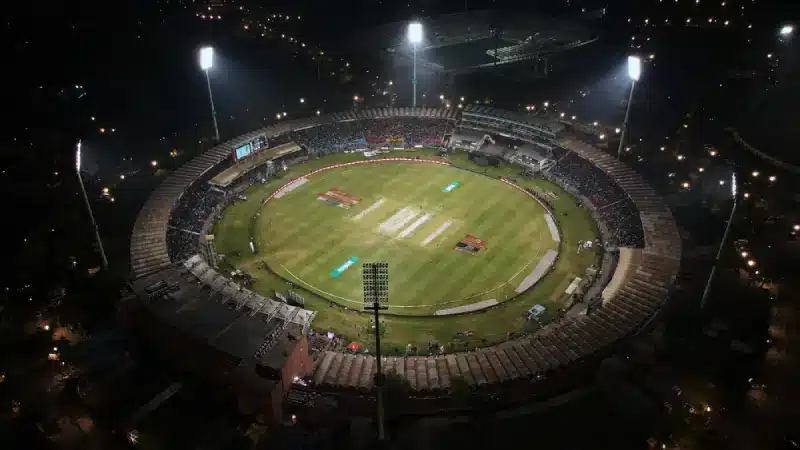
In cricket, high-scoring games mean more action, more excitement, and eventually more audience for the sport.
This is how T20 cricket has traveled to places and gathered more popularity compared to the other longer formats of the game.
However, if not for the powerplay, the number of boundaries we see being hit in T20 cricket would be significantly lower, and with it the amount of thrill and excitement too.
This is why powerplays are something cricketing fans look forward to and yearn for since they expect the firecrackers to go off with the start of the powerplay.
But what is powerplay in T20 cricket? Before getting into what is powerplay in T20 cricket, it is important to point out that T20 internationals are the only format of the sport that’s had the powerplay ever since the format's inception in 2005.
What is powerplay in T20 cricket?
Powerplay is a set of overs in cricket where a lot more fielding restrictions apply. It is what makes cricket a batter’s game and is present in both forms of limited-overs cricket albeit with a different set of rules.
The powerplay overs are in effect for the first six overs of each inning in T20 cricket and only two fielders are allowed outside the 30-yard circle during this stage.
The remaining nine players, including the bowler and the wicketkeeper, stay in the inner circle during this period.
The powerplay rule is designed to give an advantage to the batting teams as it allows them to score runs quickly by exploiting the open spaces in the field due to the field restrictions in place.
If there are more than two fielders outside the 30-yard circle in the powerplay period, the umpires will have to signal for a no-ball because of it and give the batting side a free hit.
The rule applies to all T20 international (T20I) cricket matches and most of the major cricket leagues around the world also practice the same. Australia’s Big Bash and England’s The Hundred are a few exceptions.
The number of powerplay overs can also be reduced if the number of overs is reduced in a match due to inclement weather conditions or any other reason.
The powerplay overs help the batting side generate crucial momentum needed to put a winning total on board or chase it down, making it an action-packed segment that is sure to produce excitement and drama one way or another.
The powerplay overs can also be counter-productive for the batting team if they lose early wickets or even worse a succession of dismissals and then try to consolidate the innings with nine fielders in the inner circle.
Once the powerplay overs are done, the fielding side can place as many as five fielders outside the 30-yard circle. The non-powerplay overs allow the team captains to spread the field and make boundaries a tad more difficult to come for the batters.
Fielding restrictions were first introduced in the 1980s in Australia. The rules have since evolved over the years with the game and are used in limited-overs cricket today. There are no fielding restrictions in Test matches.
Photo Credit: Alamy




















